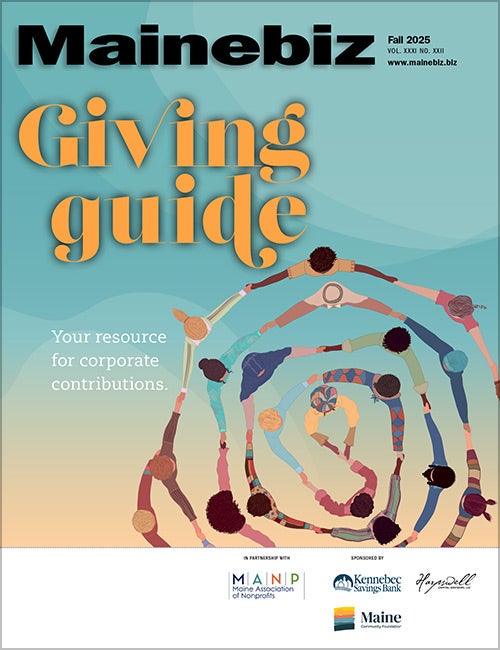Processing Your Payment
Please do not leave this page until complete. This can take a few moments.
- News
-
Editions
View Digital Editions
Biweekly Issues
- December 1, 2025
- Nov. 17, 2025
- November 03, 2025
- October 20, 2025
- October 6, 2025
- September 22, 2025
- + More
Special Editions
- Lists
- Viewpoints
-
Our Events
Event Info
Award Honorees
- Calendar
- Biz Marketplace
Effective feedback, a simple model
Q: Why do we have so much difficulty with giving feedback in the workplace?
ACE Advises: Managers often react to a performance issue without gathering enough information first. You, as a leader, must make sure you are on the same page as the employee prior to the sit-down session.
First gather the data and details about the issue. As a leader you should also think about emotional triggers, not only for the employee but for yourself. If you go into a feedback situation emotionally charged, you will not have a good outcome.
To avoid the triggers for the employees, you need to make sure your tone is correct. Start with open-ended questions to set a non-confrontational tone that will result in a more productive feedback session.
Avoid being negative. A simple “thank you” results in improved employee performance and engagement in the job.
I have used the following model from the Center for Creative Leadership throughout my career, and I coach my clients on it today.
It is called the Situation-Behavior-Impact model:
1. Situation: Where and when did this behavior happen? Be sure to gather all the facts and describe behaviors, not traits.
2. Behavior: Be sure to be objective, not subjective from your point of view. Example: When you see several mistakes on a client proposal, you need to check: Did the person have the right information? Could someone else have contributed to the mistake?
3. Impact: Was there a negative effect on the company or the individual’s reputation? Worse, was there a lost client?
Tom Renehan is a Yarmouth-based certified professional coach who specializes in leadership training. Do you have a question for ACE? Contact Jim Milliken at jim@millikenproject.com.
About ACE
The Association for Consulting Expertise (ACE) is a nonprofit association of independent consultants who value “Success through Collaboration.” The public is welcome to attend its regular meetings to share best practices and engage with industry experts. For more information go to www.consultexpertise.com.
Mainebiz web partners

The Giving Guide
The Giving Guide helps nonprofits have the opportunity to showcase and differentiate their organizations so that businesses better understand how they can contribute to a nonprofit’s mission and work.
Learn More
Work for ME
Work for ME is a workforce development tool to help Maine’s employers target Maine’s emerging workforce. Work for ME highlights each industry, its impact on Maine’s economy, the jobs available to entry-level workers, the training and education needed to get a career started.
Learn More
Groundbreaking Maine
Whether you’re a developer, financer, architect, or industry enthusiast, Groundbreaking Maine is crafted to be your go-to source for valuable insights in Maine’s real estate and construction community.
Learn more-
The Giving Guide
The Giving Guide helps nonprofits have the opportunity to showcase and differentiate their organizations so that businesses better understand how they can contribute to a nonprofit’s mission and work.
-
Work for ME
Work for ME is a workforce development tool to help Maine’s employers target Maine’s emerging workforce. Work for ME highlights each industry, its impact on Maine’s economy, the jobs available to entry-level workers, the training and education needed to get a career started.
-
Groundbreaking Maine
Whether you’re a developer, financer, architect, or industry enthusiast, Groundbreaking Maine is crafted to be your go-to source for valuable insights in Maine’s real estate and construction community.
ABOUT
NEW ENGLAND BUSINESS MEDIA SITES
No articles left
Get access now
In order to use this feature, we need some information from you. You can also login or register for a free account.
By clicking submit you are agreeing to our cookie usage and Privacy Policy
Already have an account? Login
Already have an account? Login
Want to create an account? Register
Get access now
In order to use this feature, we need some information from you. You can also login or register for a free account.
By clicking submit you are agreeing to our cookie usage and Privacy Policy
Already have an account? Login
Already have an account? Login
Want to create an account? Register







0 Comments